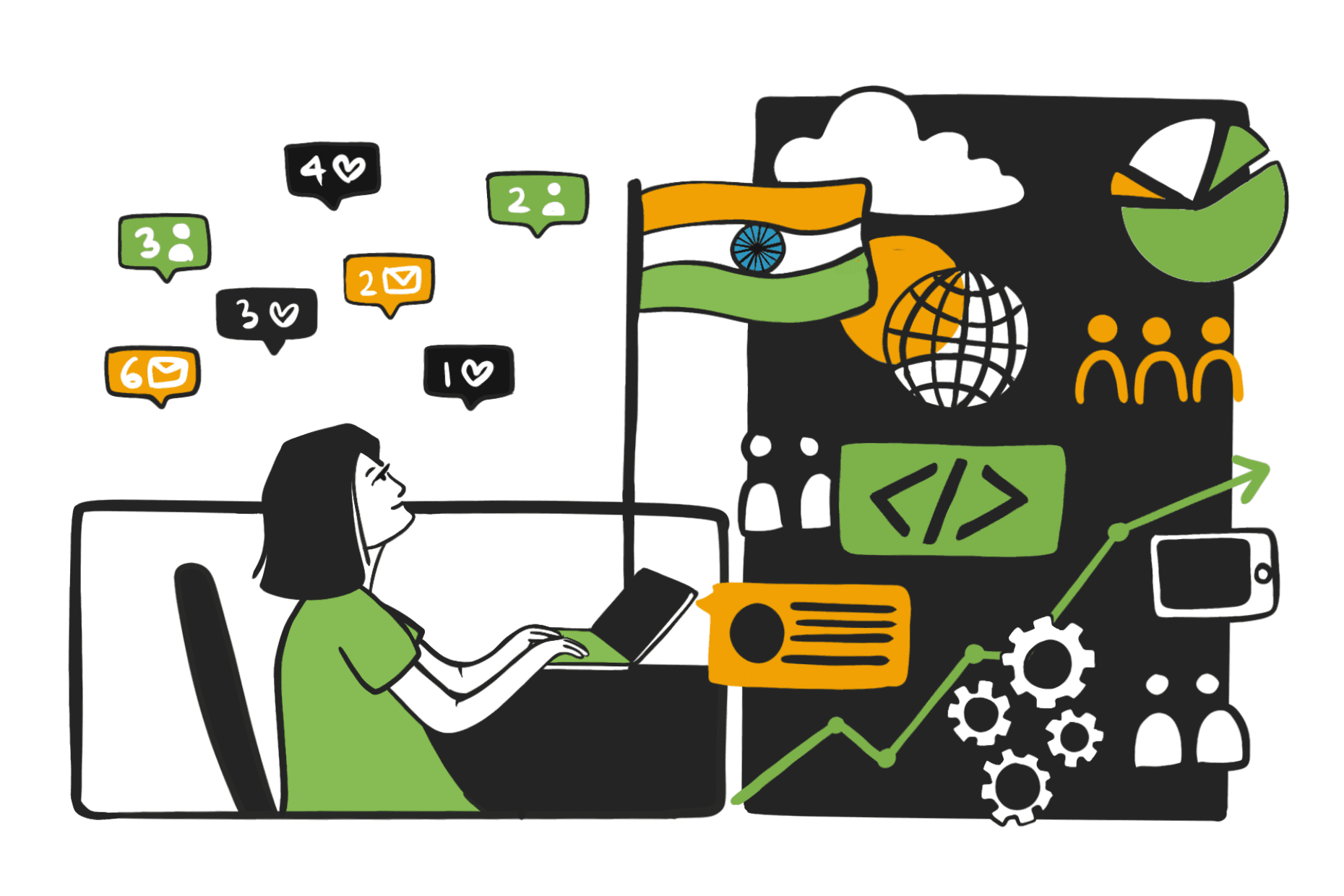
Feb 7, 2021
Is India SaaS Ready to Soar?
Retail
Productivity
Manufacturing
Logistics
Healthcare
SaaS
Series E-G
IPO
B2B
Series H+
Last fortnight, Zoho’s founder Sridhar Vembhu received the Padma Shri, an incredible milestone for the bellwether, as Indian SaaS companies crossed $2Bn in funding for 2020.
Yeh Toh Bas Shuruaat Hai
The year was 1986
A gentleman named Shyam Sundar Goenka was exasperated that there was not a software in the market that could manage his books of accounts.
At that time, he was running a raw materials supply business. His son Bharat Goenka took up that problem and went on to create a tailored software application to handle his father’s woes.
That was the birth of Tally, the earliest of Indian SaaS companies that have now taken over the world.
That Tally was ahead of its time would be an understatement.
In the 1980s, the Internet and world wide web (WWW) were yet to be invented. Tally started as just an MS-DOS application with very basic accounting capabilities.
Halfway around the world, Microsoft, Apple, Intel and early upstarts were working relentlessly to make hardware more portable and computing less expensive, leading to the birth of Personal Computers (PCs).
Software would have to be installed in every PC, and large organisations invested building up “on-premise” capabilities. Captive servers were set up.
Third-party software was licensed to install them in every PC where they had to be used. Sounds obsolete today, but the process involved software getting installed onto every computer from a hard disk (most likely a floppy disk), after which the software was ready to use.
On-premise software proved to be inefficient at scale for both the parties - IT staff managing it and the software companies selling it.
Soon, the IT department of these organisations found themselves bogged down in software installations, updates, security patching, and hardware and infrastructure maintenance of these computers.
Software businesses too found it difficult.
Their offerings had lower margins because of the high cost of goods sold — the costs of physical hard-disks through which software distribution happened.
Software was a low margin business primarily because of the high distribution costs.
Khaabon ke Parinday
1994 was a landmark year for SaaS and the tech industry at large.
It was the year the World Wide Web was born - the Internet as we know it today. One of the benefits of the rise of the internet was the emergence of cloud computing.
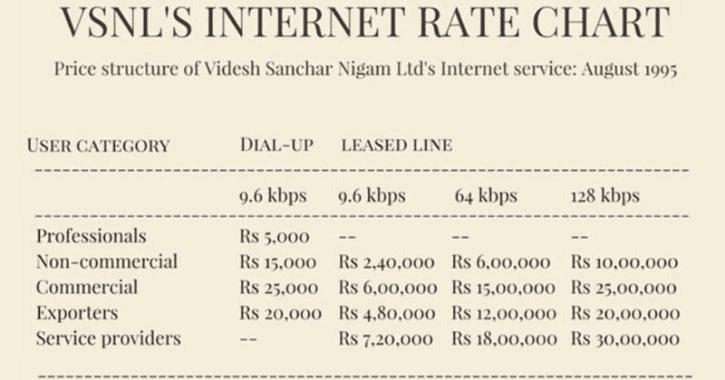
That allowed software to be installed on ‘off-premise’ remote servers which were capable of being maintained by third parties.
This reduced the workload on the in-house IT team. As software was “in the cloud”, globalisation truly came of age. The workforce could now be located anywhere, and software was accessible from anywhere.
These undercurrents indicated that software services would become highly specialised in the days to come. Software providers would focus on doing one core function really well — allowing organizations to plug and play the software for each function that worked best for their business.
But it was hard to shake off the early mover advantage of early software businesses.
The subscription-based software model was thought to be only for startups and small businesses. In those days, the enterprise typically chose end-to-end software suites to manage their complex organizations.
Like many new businesses, SaaS started primarily as something little startups would use.
Platforms lifted bandwidth limitations and online business processes became faster and more reliable. All the while, ‘in-premise’ software industry had little benefits from all these developments.
In 1999, Salesforce launched their customer relationship management (CRM) platform as the first SaaS solution built from scratch. People thought Marc Benioff was irrational and crazy.
Back home, future Padma Shri awardee, Sridhar Vembu was quietly building Zoho.
While Salesforce quickly broke revenue targets and expanded aggressively, Zoho took a little time to break its shackles.
Agar Chota Kaam Karunga toh Chota Reh Jaunga
Indian clients were not as attractive as the ones in the US, which posed a big problem.
Demonstration of real value had to be done before having any expectations of payment. Further the price sensitive and high friction of consumer behavior meant that while CAC would be high, LTV could be low making the unit economics unsustainable.
Mr Vembu realised this. He turned to the US to sell his product. So did the early budding SaaS companies built out of India.
In many ways, finding success in the US played a pivotal role transforming the Indian SaaS ecosystem. A community of budding entrepreneurs was created, resulting in early value creation and new jobs.
The effect of all this would truly become visible more than two decades later, but we were in the heady 90s where India was a rising star and Shah Rukh Khan was king.
By 2000, North America and India had 280M and 1.05 B people respectively. The Internet penetration, though, was poles apart as the former had 38.5% and the latter 0.5% respectively.
Startups weren’t mainstream, while going or selling to the United States was the clarion call.
Both enterprise software and IT Services were exported, while Software-as-a-service (SaaS) was nearly unknown
The ability to license and customize the software, data querying, and hosting the data on-site locally seemed like a boon before the early 2000s. It was this reason that Indian companies like High Radius started on-premise solutions for companies to host data locally.
Soon firms realized that enterprise and on-premise would turn out to be a bane with incredibly high costs.
The cost of hardware, services, operations and maintenance would hurt them, and companies did not want to license the software and hold the data locally. Companies now wanted cheaper alternatives, renting out the software, less initial and recurring costs.
Somebody needed to build a solution.
One little known man Jeff Bezos along with another lesser known man Andy Jassy would start building a solution for their company.
Haar Tab Hoti Hai Jab man li Jaye
In 2006, AWS started as an experiment.
Soon that experiment would be exported beyond the boundaries of Amazon. On-demand cloud providers' would be a novelty, but that would allow SaaS companies to host on the vendors' platform.
The recipe was perfect for the success of SaaS.
But there were still issues in India. The cloud was in its nascent stage, only 4% of Indians had access to the internet in 2007, and the smartphone was greasing up for its glory days.
Software monetization for the Indian market still seemed like a dream for the existing companies. A few young entrepreneurs had the zeal to change the Indian landscape.
The first “software” used widely by Indians would be internet first apps like Zomato and Flipkart. Alongside with them was the birth of Indian SaaS 1.0.
The mantra for Indian SaaS remained the same. Build B2B products, develop software in India and sell to the United States.
The majority of the companies that operated only in the enterprise were nudged to convert to an enterprise SaaS model.
IT services and Business Process Outsourcing was in the Indian DNA, and SaaS would be the new cool export. Indian software companies would focus on issues like backend and services problems that the firms worldwide always wanted to outsource.
This built our foundations of the Indian SaaS story in the decades to come.
Customer Relation Management was known to Indians as they were catering to such segments during Business Process Outsourcing. They were now building technology software to make it more efficient.
Most of the early Indian SaaS companies focused on specific use cases, rather than being horizontal.
The Indian Saas poster boy Zoho would continue to solve the CRM issue. Contract Lifecycle Management was another prominent issue to solve. Icertis would soon solve their clients' issues in the United States.
Industries like retail were far from digitized. In 2008, Capillary technologies would begin to solve CRM for retail while Bizom would focus on making sense of retail data.
Even now, only some believed that the cloud era had begun.
Druva would focus on building data protection and governance applications for enterprises taking their solutions on the cloud.
By the end of this decade at what would seem like a good start 14 SaaS companies were funded with an overall amount of $23M. India's software dominance would remain, but products would join IT services as an additional offering.
But a storm was hovering over the world.
Jo Humse Takreyega Woh Choor Choor ho Jayega
In 2008 as the US fell sick in a massive financial crisis, the whole world caught cold.
Surprisingly India and particularly SaaS in India had taken immunity shots. With many sectors cutting costs and manpower, software that was outsourced would get a huge filip.
These were also the early days of smartphones and the internet for enterprises in India.
Consumers were still unaware of the full potential of the technology. Most of the founders sold software to the west as most were unable to monetize in India. The common refrain was, it was too expensive to sell in India, and the willingness to pay was low.
Instead of being specific for industries like they had for US companies, founders focused on basics that were more horizontal.
Companies built subscription-based models as it was a sticky business, and the cost of migration high. Other GTM strategies for most applications offered a freemium model with basic modules, and clients could also customize and purchase products.
Indians loved the idea to use the products for free. They used it, and if they had a seamless experience, they started purchasing the modules.
As most of the mega cities in India were going digital from paper-based work to digital products, workflow management was required. Companies like Kissflow had started building such products.
Before 2010, most of the firms that offered CRMs tools were multi-channel. Next-generation CRMs products would come into play with Freshworks starting their omni-Channel platform.
Seeing the success of prior players, US focused software companies continued to proliferate.
Continuing the foundational and backend processes, Chargebee built the subscription billing and revenue operations for firms across the globe.
Thanks to the iPhone proliferation, stiff competition in the smartphone era, applications proliferated. Browserstack grew with the app and web testing capabilities. Clevertap built lifecycle management tools for mobile applications.
As Indian companies started to attract VC money across other sectors, SaaS was no different.
With capital power, lowering cost of distribution, available talent and technology prowess, the determination to build for India would start taking shape.
Ek aur Ek Gyarah
By 2013, it was clear Indian consumers had started appreciating technology more than 5 years ago.
The internet penetration was ~4x from 2007 at 15.1%. Access to a smartphone increased 8x to 752M from 2005 to 2015 making it one of the fastest growing markets. Mobile internet was scaling.
SaaS was still a task to build for cross industries, especially in India. The number of startups in this space ballooned to 5K, but with a majority focused on US customers.
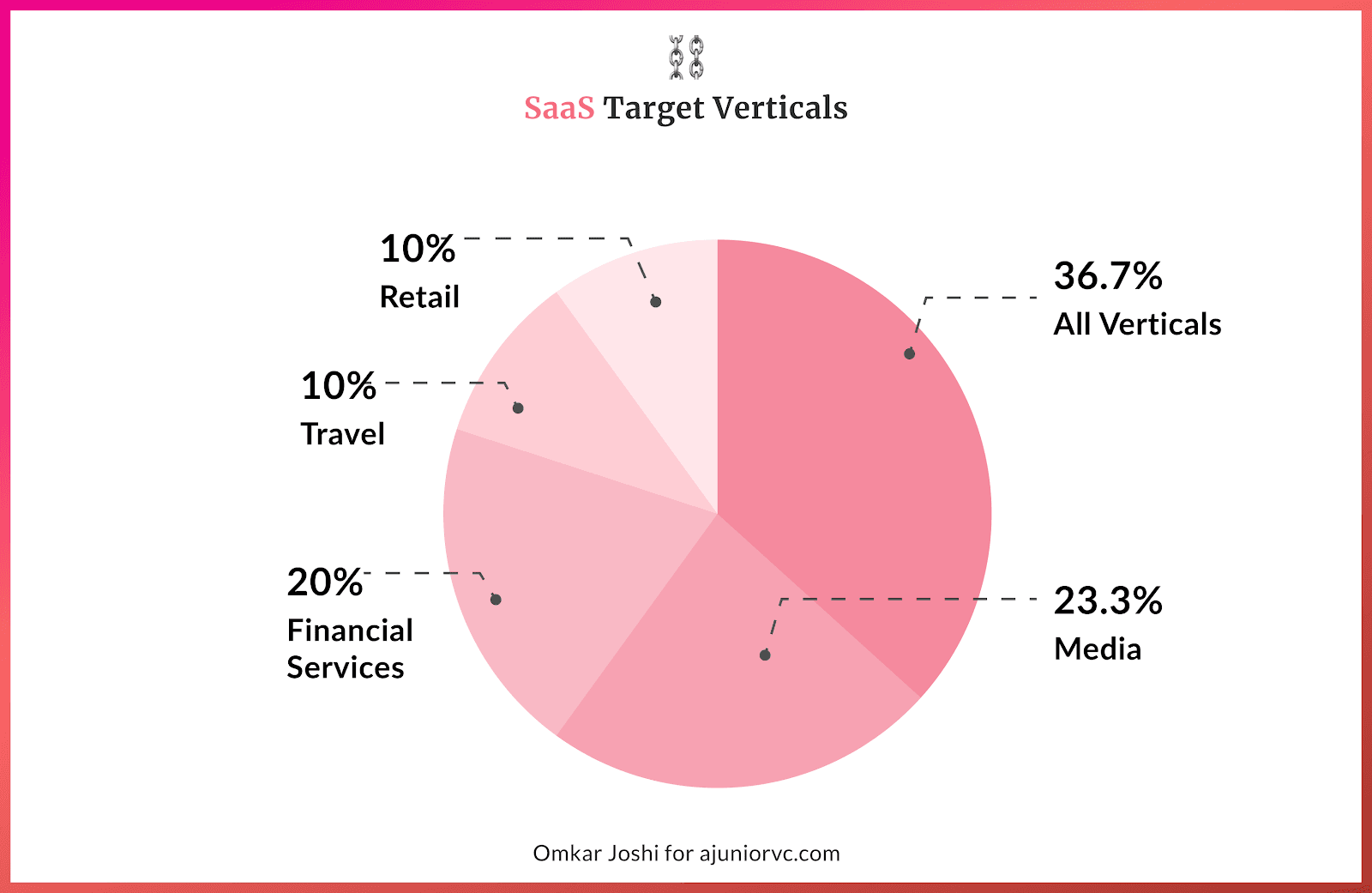
While the whole world was using our applications, Indian consumers and enterprises were still to use them. Problem statements in India were prevalent across almost all industries, which would now start becoming genesis for global plays.
Test out the product in India, and sell to global markets.
This pushed other founders into diverse problem statements, with the creation of vertical SaaS. Ability to solve B2B problems across industries with SaaS at high economies of scale was magic.
It was a Lagaan moment in SaaS for India as we now mastered the art that we were taught and made it better just like cricket.
This was the era of diversification for SaaS and marked the beginning of Indian SaaS 2.0
SaaS businesses were profitable with 70-80% gross margins and had high ARR. Industries that were least automated started to get digitized slowly, with Zinier focusing on Field service automation platforms.
In complex industries such as healthcare, use cases with SaaS to accelerate patient data was built by players like Innovaccer. Zenoti would eventually start their operations across the globe and go big in all spas and saloons.
The slickness of consumer facing applications would now start to be seen in enterprise apps.
In 2014, next generational products that would build a seamless experience for the employees started to sprout. It focused on enterprise experience, onboarding, and support across different categories of employees in a firm.
Postman built the collaboration platform for API development for developers' ease as they were building solutions for cross industries. WhatFix would focus on digital adoption for the employees, their performance support with proven real-time analytics on web applications..
The ability to expand into vertical SaaS, DevOps tools, and Emerging tech would challenge software in Silicon Valley.
By the end of this diversification in 2015, smartphones would be accessible in India at scale, the internet would start reaching T2 and T3 cities, and multiple industries would open up as large TAM’s.
Midway in this decade Indian SaaS was one of the hottest sectors for funding.
VCs funded over 160 companies at an incredible growth of 1050% and funding increased by ~2300% to $560M from 2010 to 2015.
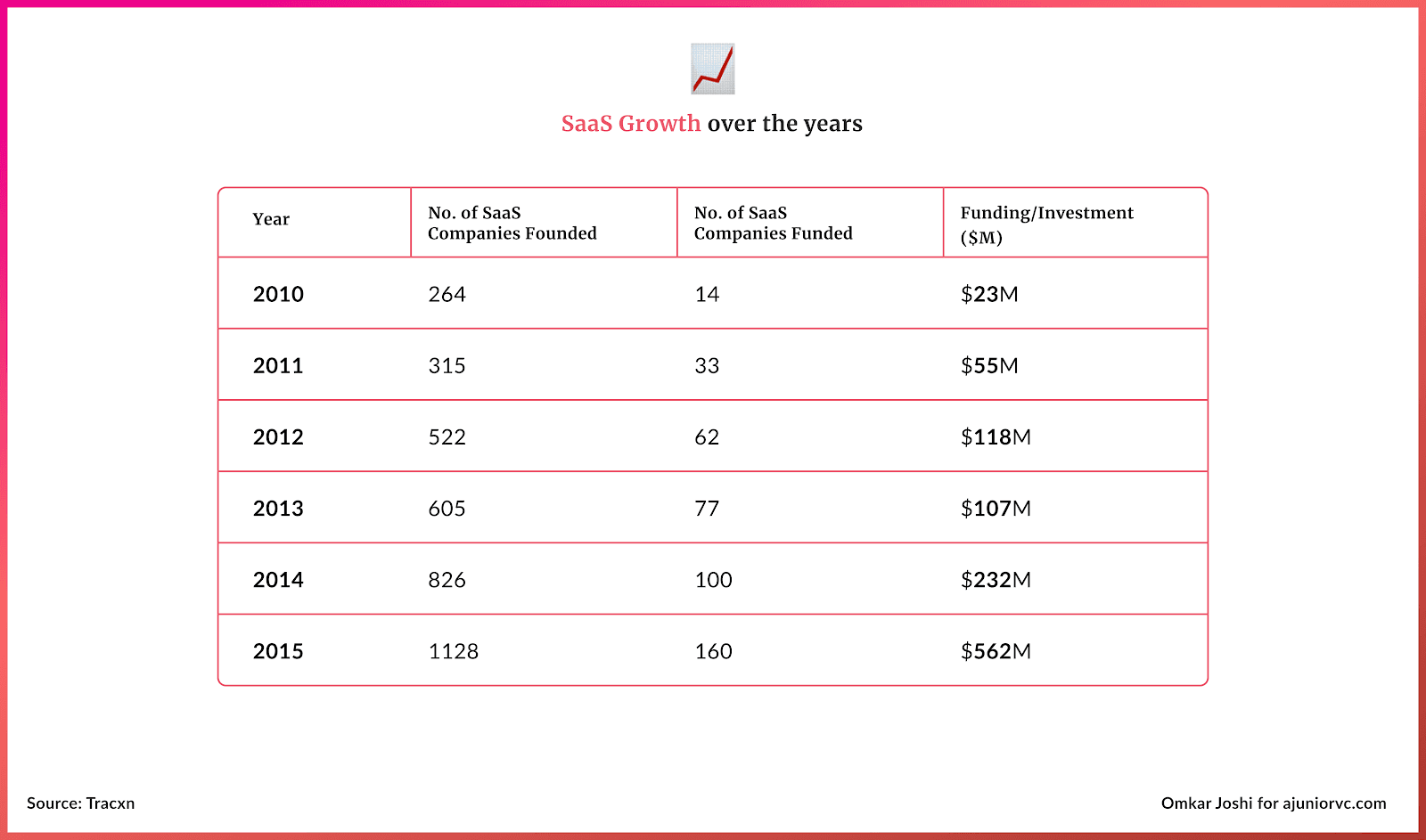
As the ecosystem matured it was time to move deeper. Building for India specific problems was becoming increasingly possible, as costs for distribution collapsed further.
The time to focus on SMBs and industries crying for efficiency brought through digitization was on.
Mere Desh ki Dharti Sona Ugle
Five years ago, Indian startup ecosystem and stakeholders were skeptical in what would later become one of the most sought-after playgrounds for the investors
Before we dive deeper into the next phase and look at interesting trends in the SaaS space, it is important to step back and glance at the significant evolution that the ecosystem had gone through.
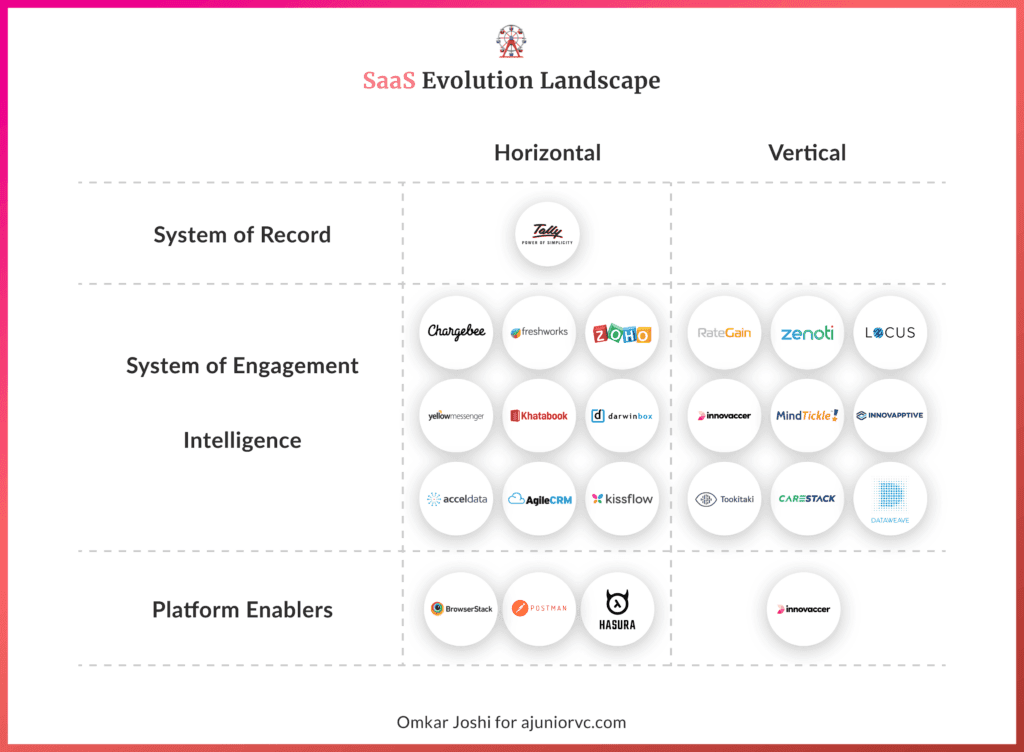
While Zoho and Freshworks, the horizontal software giants, had been the face of India SaaS, the story was rapidly evolving. Traditionally, software was born out of the sheer need of automation and reducing manual overheads which was the ‘System of Records’.
It was meant only for organizing, structuring and retrieving information. Here startups built ERP-type systems to run a business (financials, manufacturing, CRM, HR) such as Tally
It quickly transpired to ride a myriad of use cases.This began with the global wave on the back of companies like SAP and Oracle.
From early desktop-based solutions and use cases targeted both at System of Records and Engagement, the landscape evolved to centralized cloud infrastructures. This was exemplified by none other than the SaaS giant – Salesforce which can be considered as a trailblazer for introducing cloud-based solutions with robust System of Engagement use cases.
It wasn’t long after that the world saw software evolve to embed engagement use cases like email, collaboration, booking facilitated on top of structured datasets and rule based engines.
As you would realize, all these problems were yet to be solved in India.
2016 was the beginning of the Make in India for India phase with early startups such as Khatabook and OkCredit capitalizing on the trend.As internet and mobile devices reached towns of India, diversity in dialects was solved by Vernacular.ai.
The rocket boosters given by Jio made it even better.
Almost every existing player was currently striving towards wrapping a layer of System of Intelligence themselves. This was loosely known as Analytics and the ability to feed learnings back into the application, through AI.
Looking at the landscape, the spectrum of SaaS were now ‘beautifully’ diversifying.
The “Platform Enablers” have broadened the spectrum of use-cases that was ever available to customers. The players in this category were agile, with capability to quickly customize based on any customer’s need or even allow customers to build APIs or full-fledged applications on top of their platform. Companies such as Hasura, Postman, Innovaccer).
The ultimate power is shifting to the consumers giving them immense flexibility.
Apna Time aa Gaya
Vertical SaaS had taken off for US focused software companies, and now it was India focused companies’ turn.
One common challenge faced by Vertical SaaS players was market size concerns. It was one of the critical factors while evaluating a company to back and if there wasn’t enough meat, it just made the whole story look unattractive.
Despite this, the market reception had been warm as vertical software players had established a clear path to growth in a single market. This was seen in the success of Zenoti (Salon and Spas), Innovaccer (Healthcare), Locus (Logistics) and Carestack (Dental Management).
The recipe of success in all these companies had been similar.
Geographic diversification, multiple products targeting specific use cases in the value chain, and rapidly iterating and building solutions for different sub segments in the vertical.
These experiences would serve as the playbook for India focused software companies to win.
By seeding deep into the core of one single industry, startups incrementally solved various problems spread across the business and operational pipeline. This helped grow exclusively in that category and built a sticky user behavior hard to break
Another common denominator for all of these industries was the willingness to spend on technology. That’s also the reason why industries like manufacturing and construction would see a bloom in companies such as Zetwerk.
It has been widely believed that India would follow the footsteps of China, USA or UK depending on the type of category.
But as India’s bottom half of the population pyramid was digitized, the solutions were built in India, to cater to the unique problems in the India market.
These products are on a path to build truly Indian outcomes and are creating a uniquely Indian playbook, not ‘copy pasted’ from the traditional Silicon Valley model
Indian SMB segment is one such chunk in the Indian pyramid that was ripe for disruption. Players like Khatabook, OkCredit, Pagarbook, Instamojo have targeted these segments.
The SMB segment in India was wide open for the taking.
Products targeting Indian SMB sector had to rethink every aspect of the business from the product to offering to ultimately the monetization model. Software players targeting the Indian SMB segment know this fact well.
Hence when Khatabook and OKCredit launched, they didn’t adopt a standard subscription-based business model but instead decided to offer their book-keeping and ledger management solution for free.
Every company needs monetization flywheel rolling and hence Indian SaaS products targeting the Indian market are required to be innovative by a (bunch of) extra miles.
These companies are displaying a purest specimen of wanting to benefit from the intersection of software, data and the payment flow.
Digital Book-keeping and ledger management is just one of the many use-cases that is proliferating the Indian market. SMB SaaS has emerged as a strong category with a plethora of use-cases from customer engagement to inventory management to marketing tools to HRM
Enterprise sector is also seeing startups building for India problems. Players like Darwinbox have taken a targeted approach towards solving the problems related to HR management for corporates within the country.
The creativity of this budding section of the landscape will be a knight in the shining armor of the story of India SaaS.
Hum Honge Kamyaab
As we entered the 2020s, Indian SaaS was flying with startups designing for specific industry applications.
Be it Dukaan in SMB tech, Veeva for pharma sales reps, Finwego or Classplus in Edtech or CropIn in AgTech- all of them understood the core needs and limitations of their target base and innovated to deeply solve their pain points
Covid has accelerated the digitization curve by a good 2-3 years across segments be it agriculture, education, enterprise, healthcare etc. As the willingness to adopt specific softwares and digitize improves, one of the most important spends in a startups journey - CAC will significantly reduce
Remote work as a trend will continue to stick post the pandemic.
This means from firms to employees, everyone will seek innovative solutions to work at the same or even better efficiency. More iPaaS, aPaaS, IoT led SaaS, SaaS enabled marketplaces and consumer driven models will emerge
That the market is willing to support with open arms is also seen by the hockey stick growth experienced by most of the new SaaS players be it BitClass, Dukaan, Airmeet or Venwiz.
Already Indian SaaS companies are grabbing higher share in the global SaaS market and expected to pocket 7-9% of the global market in 2022, up from 3-4% in just three years.
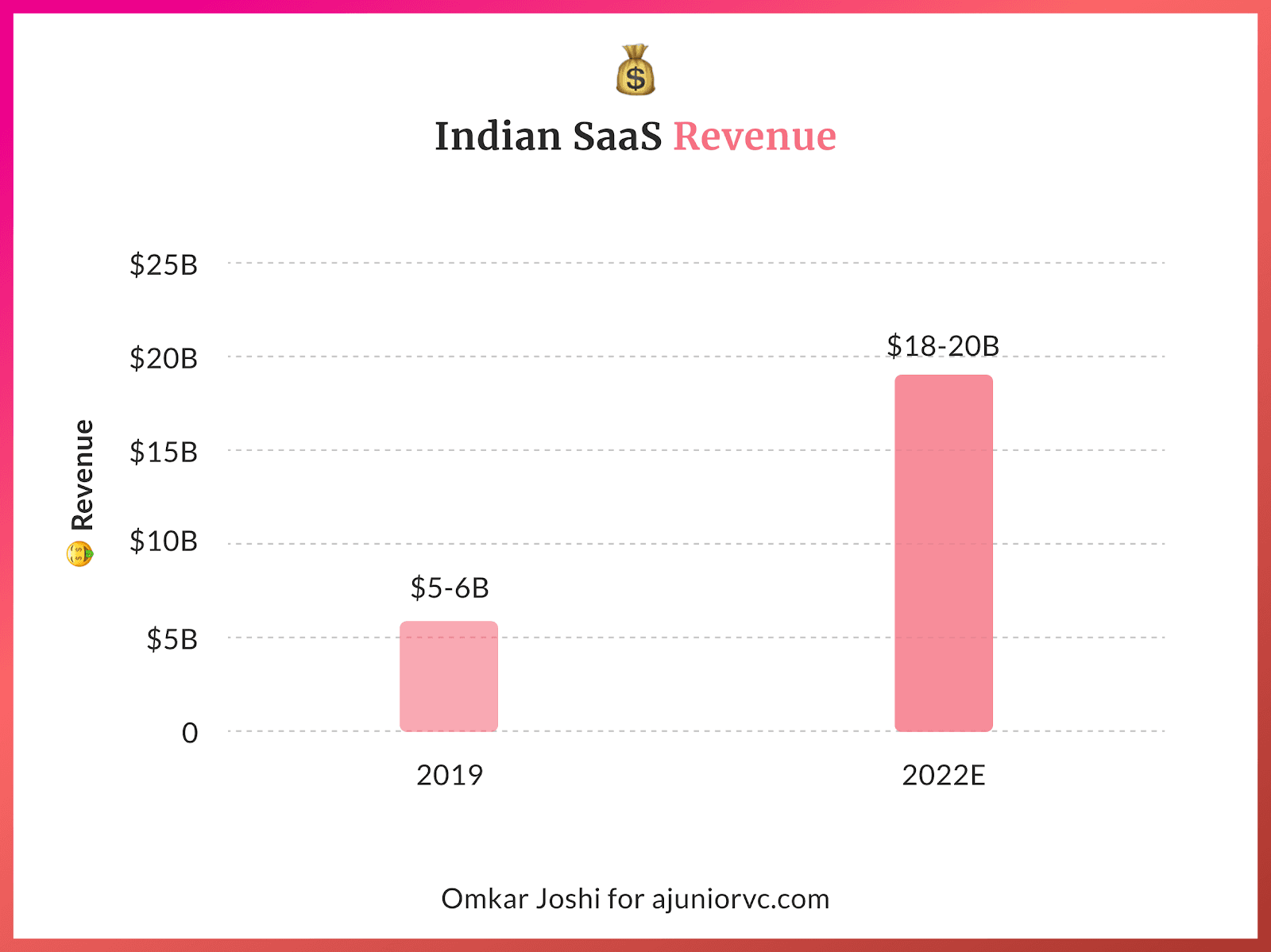
During the same period, India SaaS revenue is expected to grow a staggering 300% to reach $20bn in 2022.
This would be fueled by the current cohort distribution of the Indian SaaS companies in the higher ARR range.
There has been a 5x increase in the number of companies in the revenue cohort of $10-$20M in the past 5 years. A 7x jump in the number of companies in the revenue cohort range of $20-50mn during the same period.
The companies in the current cohort are seeing new advancements in both how the products are built and sold. Product development is getting enhanced and imbibing deep tech, AI, IoT to become bigger and better in leveraging data to strengthen the offerings.
The GTM strategy is also shifting from a standard subscription based pricing to either tiered or dynamic consumption based pricing.
The shift is also being seen externally in the ecosystem.
A story for the ages is unfolding as the ecosystem becomes deeper and stronger. A big push to foster the SaaS community within India has garnered support from the Government, entrepreneurs and investors.
India is also witnessing community specific events like SaaSBoomi together with NASSCOM which are equivalents to global SaaS events like SaaStr.
The tantalizing possibility of India SaaS can also be seen from an investor’s remark when he mentions that India’s top 100 unicorns will have more software companies than China.
If the last two decades were about India exporting to the US, we believe the next many will be India exporting to South East Asia and the Middle East. These solutions can be replicated not just across India but in neighboring geographies with similar demographic and income profiles.
Access to two $1Tn+ markets with billions of people will make the India SaaS story more lucrative. Unlike what is commonly believed, India has the best of engineering talent in this region.
It can be seen as Indian entrepreneurs build in South East Asia. Indian teams will be globally best placed to build efficient, effective and easy applications to serve these regions. We have looked westward for a long time, and it may be the time to look eastward for Indian software.
As the King of Bollywood remarks in one of his famous Bollywood movies, ‘Picture abhi baki hai mere dost’ a promising decade of Indian SaaS remains to be fully told.
By Keshav, Raj, Saniya, Shreyans and Aviral
Audio Version: Behind the Scenes with AJVC
As usual, we have done a behind the scenes format with the writers and host Mazin